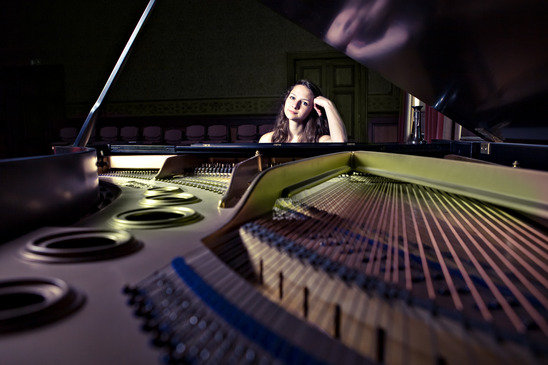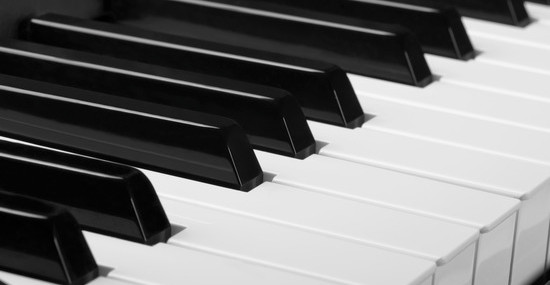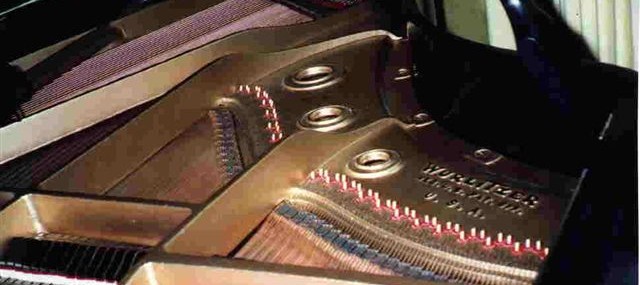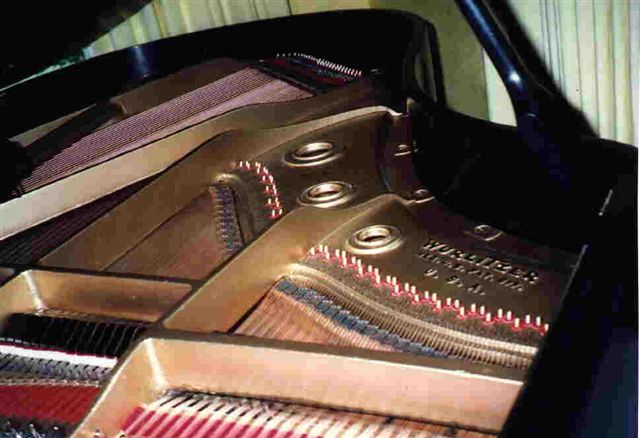“Wisdom doesn’t necessarily come with age. Sometimes age just shows up all by itself.” ~Tom Wilson
When it comes to pianos, unfortunately age isn’t always the best of friends. Even under the best of conditions, as a piano ages, things begin to wear. And once something passes the point of no return, the only way to move forward is to have it fixed.
In the world of pianos, a piano may need one of 3 Rs: repair, reconditioning or rebuilding.
Repair
A piano is typically in need of repair if it has an isolated broken part, such as a broken string or an improperly working pedal. The key is isolated – usually one problem exists and it’s a relatively easy fix to get it back into working order. It doesn’t need work in upgrading the condition as a whole, instead it usually involves one part.
Reconditioning
When a piano is in need of reconditioning, it usually has multiple problems and in general needs upgrading of the whole piano. The key with reconditioning is the piano is usually in a fairly good shape, the parts are still in working order, possibly with problems or defects. Reconditioning involves taking the current piano and making it better, typically by overhauling the existing parts. For instance, an upright piano may need resurfacing of the hammers and twisting the strings for better sound. It may involve a thorough cleaning, regulating the action and tuning of the entire piano. While reconditioning a piano, a few broken parts may be found and repaired, but overall reconditioning is the process of keeping what’s there intact, and making it better.
Rebuilding
Rebuilding is the most complex of the 3 Rs. A piano rebuild is a complete renovation of an existing piano. It may include restringing the piano, replacing the pinblock, or replacing the soundboard. It may include replacing the hammer heads, damper felts or the key bushings. It may include replacing parts of the piano case.
Ideally, rebuilding means putting the piano back into factory new condition, using as many new parts as necessary to return it to original condition. However, the rebuilding process is always a unique process depending on the individual piano itself. If a piano needs restringing, its classified as a rebuild.
To find out exactly what your piano needs to get it into top working order, give us a call today.


 In the piano restoration world, the term “restoration” means a lot of things to different people. And just like every industry, “reputable” isn’t always in a persons vocabulary either, even though they are promoting themselves as a piano servicing company.
In the piano restoration world, the term “restoration” means a lot of things to different people. And just like every industry, “reputable” isn’t always in a persons vocabulary either, even though they are promoting themselves as a piano servicing company.
